President's Message - December 2011
Using Rich Assessment Tasks
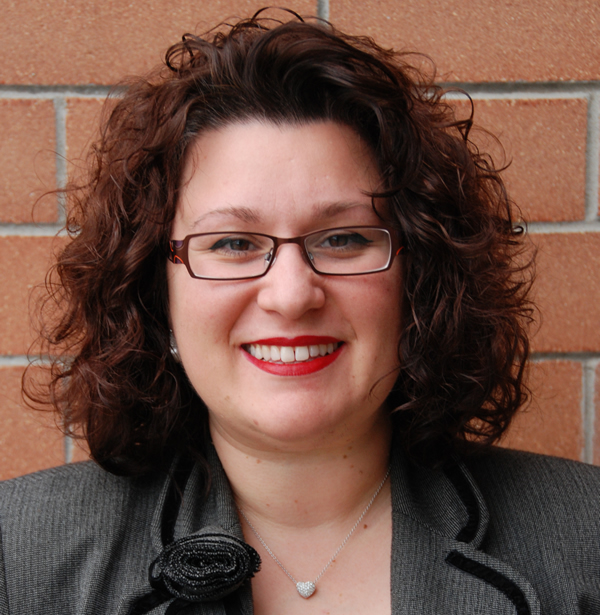
CONNIE QUADRINI
connie.quadrini@oame.on.ca
With the release of the Growing Success document (Ontario Ministry of Education, 2010), mathematics educators have been provided with the opportunity to reexplore assessment practices and consider what these look like specifically within the context of mathematics.
In the Evaluation section of the policy document, we are presented with what it means to evaluate student achievement. "Evidence of student achievement for evaluation is collected over time from three different sources-observations, conversations, and student products. Using multiple sources of evidence increases the reliability and validity of the evaluation of student learning. 'Student products' may be in the form of tests or exams and/or assignments for evaluation.
Assignments for evaluation may include rich performance tasks, demonstrations, projects, and/or essays." (Ontario Ministry of Education, 2010, p. 39)
Rich performance tasks provide teachers with the opportunity to observe process and examine product. But what might a rich performance task look like in mathematics?
A Look at Criteria for rich Assessment tasks
NCTM's Mathematics Assessment: Myths, Models, Good Questions, and Practical Suggestions (Stenmark, 1991, p. 16), presents us with some suggested criteria for performance tasks. The list, which is adapted from one developed by Steve Leinwand and Grant Wiggins, offers us a number of characteristics for examining and developing such tasks. As we explore the characteristics presented, I invite you to consider rich "assessment" tasks as our broader lens for exploring these characteristics, rather that just "performance" for evaluation.
ESSENTIAL vs. TANGENTIAL
- The task fits into the core of the curriculum.
- It represents a "big idea."
AUTHENTIC vs. CONTRIVED
- The task uses processes appropriate to the discipline.
- Students value the outcome of the task.
RICH vs. SUPERFICIAL
- The task leads to other problems.
- It raises other questions.
- It has many possibilities.
ENGAGING vs. UNINTERESTING
- The task is thought-provoking.
- It fosters persistence.
ACTIVE vs. PASSIVE
- The student is the worker and decision maker.
- Students interact with other students.
- Students are constructing meaning and deepening understanding.
FEASIBLE vs. INFEASIBLE
- The task can be done within school and homework time.
- It is developmentally appropriate for students.
- It is safe.
EQUITABLE vs. INEQUITABLE
- The task develops thinking in a variety of styles.
- It contributes to positive attitudes.
OPEN vs. CLOSED
- The task has more than one right answer.
- It has multiple avenues of approach, making it accessible to all students.
Developing an Assessment Task On page 17, Stenmark (1991) offers educators some suggestions for developing assessment tasks.
| Start with an idea. | What existing resources could I use? With whom might I work to brainstorm such ideas? |
| Test the idea. | Does it meet the criteria for Rich "Assessment" Tasks? Will my students engage in the context? |
| Begin converting the idea. | Where does it fit in the curriculum? What will my students have to know? Describe the task and furnish information to students on the criteria. Will these be clear to students? |
| Consider response formats. | Will I require written and/or oral components? What group discussions and activities are needed? |
| Develop teacher notes. | What do students need to know ahead of time? What materials and equipment are needed? What amount and kind of guidance should I provide? |
| Draft an assessment approach. | Look for process and product. How will I assess these? What attitudes and attributes do I hope to see? Why are these important? How will I assess these? Define levels of performance, as appropriate. Do these reflect the categories of achievement? |
| Try out the task. | Which colleagues will I ask to review the task and provide feedback? Administer the task in a few classrooms and seek out feedback from students. How will I use this feedback? |
| Revise where necessary. | Based on the feedback, what revisions should I make? |
Some Final Thoughts
As you reflect upon how, when, and why you might incorporate rich assessment tasks into your program, I invite you to consider the implications for you as an educator and for your students.
- How might these tasks reveal student thinking in a different way than a test or quiz?
- What kind of support do you anticipate that students will need when they begin working on such tasks?
- What support will you need as you create and assess such assessment tasks?
I wish you well as you consider implementing rich assessment tasks in your grade/course, and look forward to hearing from you about your journey.
References
Ontario Ministry of Education. (2010). Growing success: Assessment, evaluation, and reporting in Ontario schools - first edition, covering grades 1 to 12. Toronto: Queen's Printer.
Stenmark, J.K. (Ed). (1991). Mathematics assessment: Myths, models, good questions, and practical suggestions. Reston, VA: National Council of Teachers of Mathematics.
Previous Message:
Teachers Preparing for Knowledge Building Classrooms - Aligning, Curriculum, Instruction, and Assess
Next Message:
OAME 2011-2012 Leadership Conference

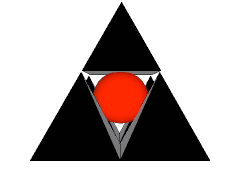







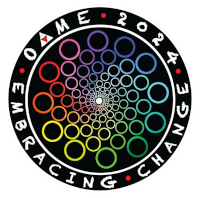
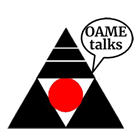
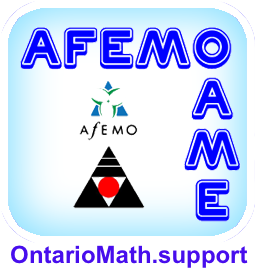
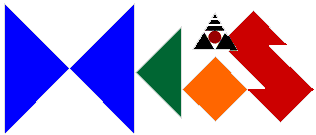



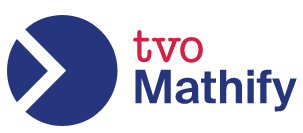

 Like us on FaceBook
Like us on FaceBook